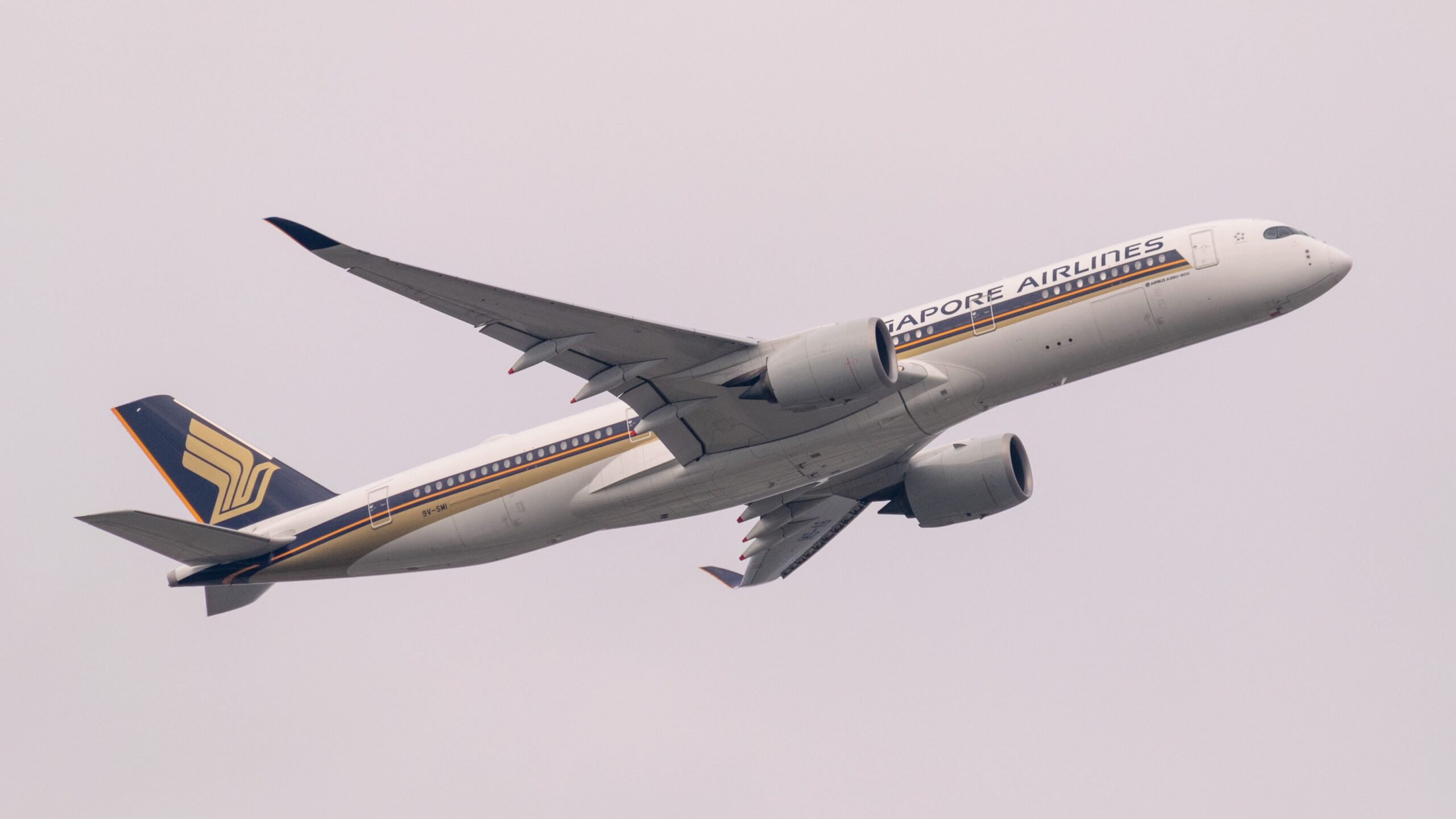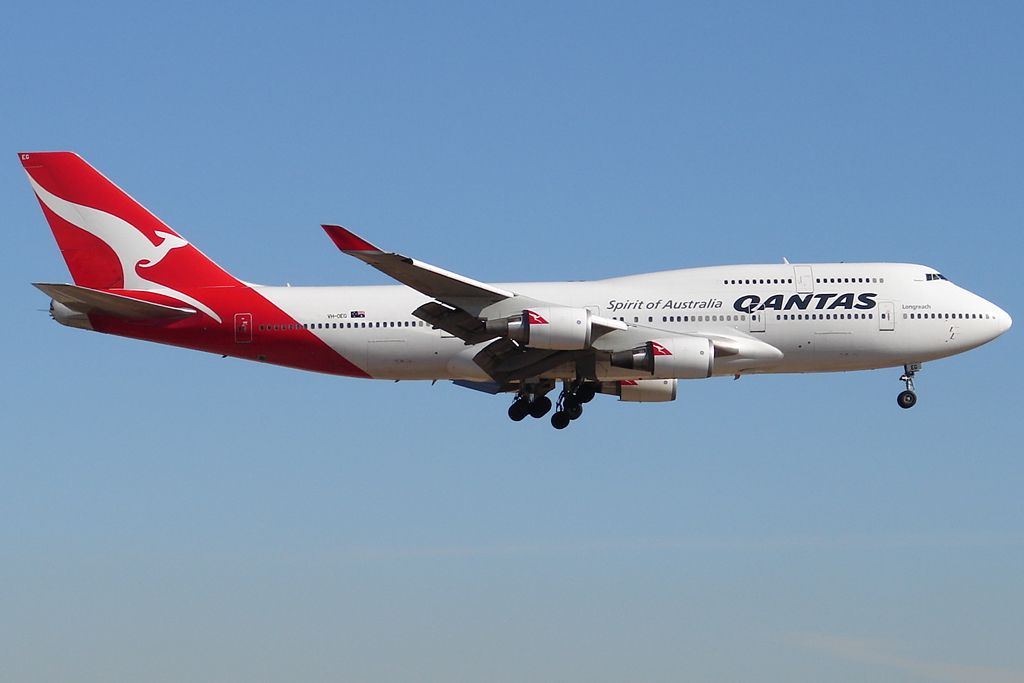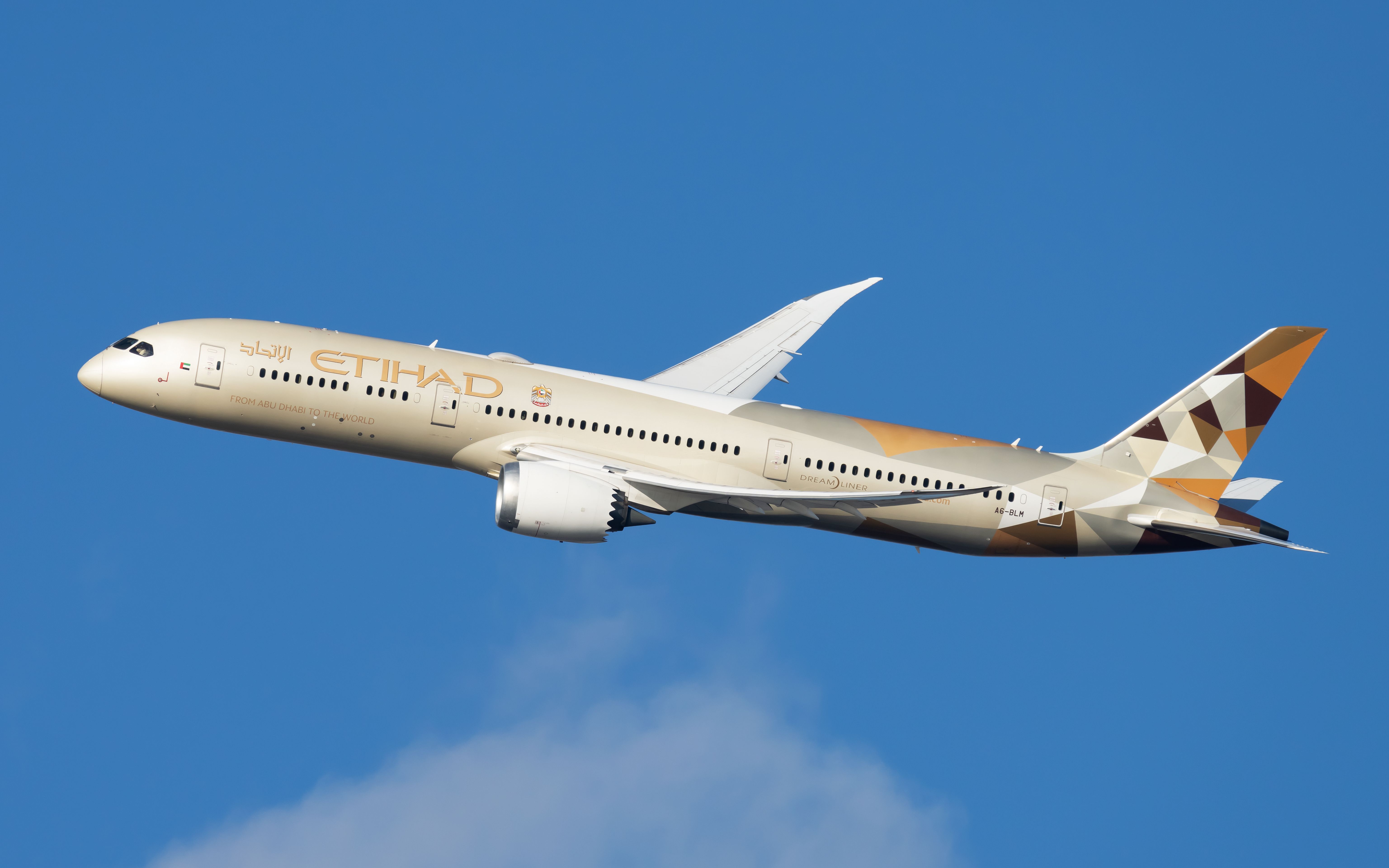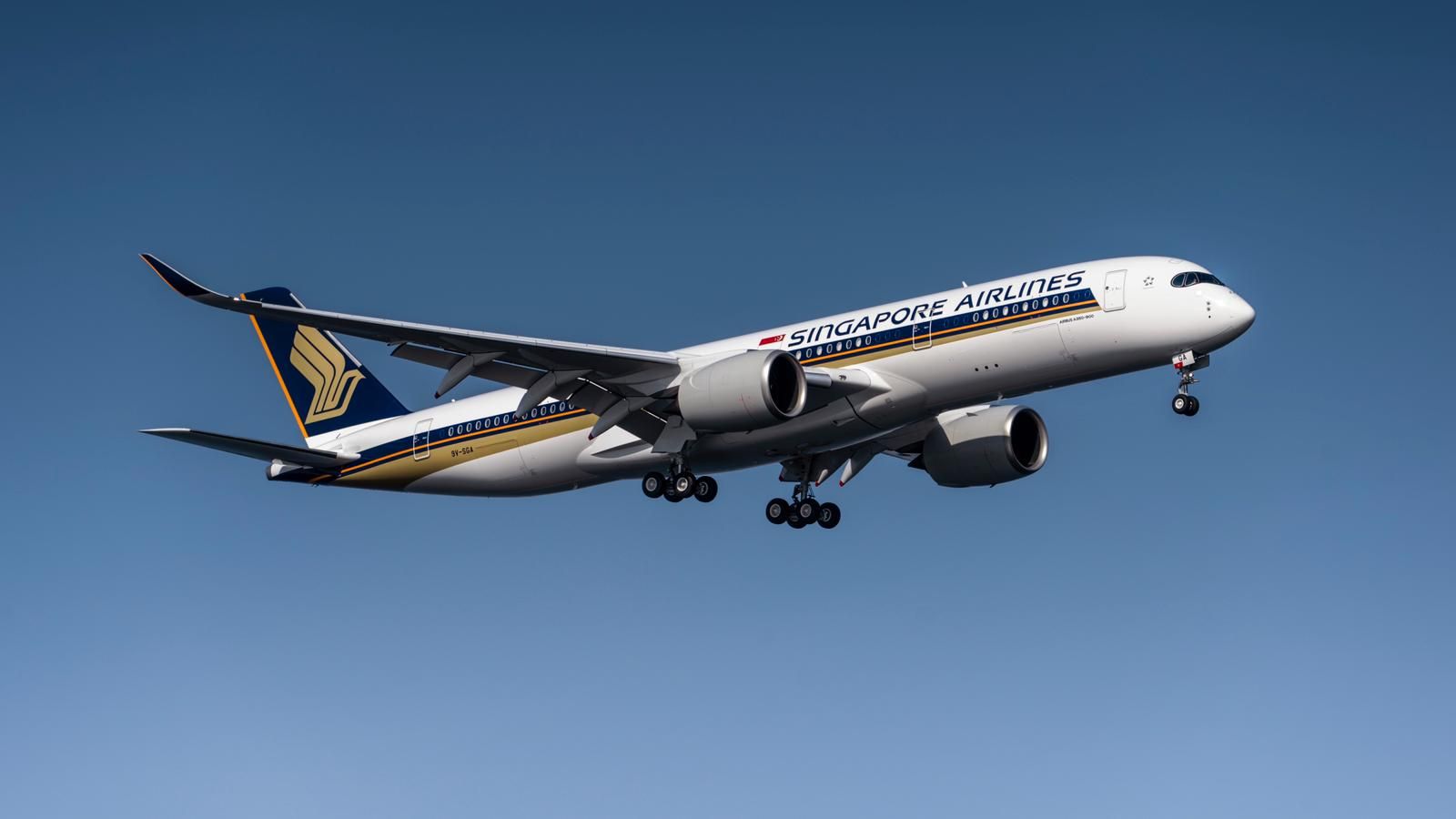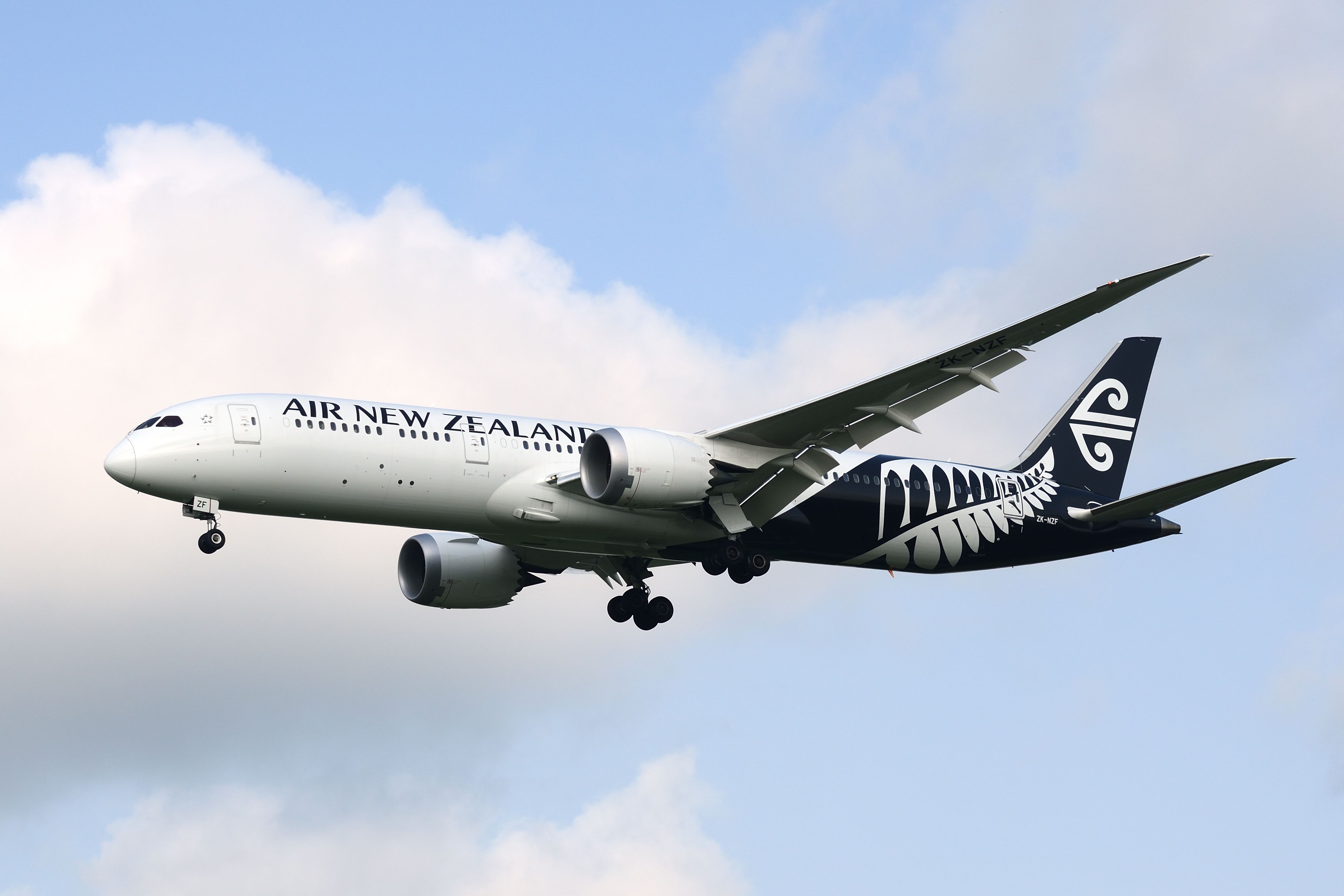Flights that are generally longer than 16 hours are considered ultra-long-haul. The flight duration is calculated from the time the aircraft is pushed back from its departure gate (technically, upon engine startup) to its arrival at the destination gate or apron. Flight duration can sometimes be referred to as “chock-to-chock.”
Most of today’s ultra-long-haul flights are between Asia, Oceania, or the Middle East to Europe and the Americas. This article focuses on the longstanding history of ultra-long-haul travel, where such flights are operated today, and what seems to be the future of longhaul travel.
42 years on
On November 4, 1982, Pan American World Airways inaugurated its 7,487-mile (11,979-km) service from Los Angeles, United States, to Sydney, Australia. Two years later, Qantas began flying this route and offered services between Melbourne and Los Angeles.
These flights were operated by the Boeing 747, at around 16 hours long. Today, the Boeing 787 Dreamliner has shortened this duration to just over 13 hours. According to an OAG blog,
“The world’s first commercial flight took off from St Petersburg, Florida on January 1st 1914, and landed about 30 minutes later in Tampa, Florida, covering a distance of 17km. Since then, advances in aviation technology have made it possible to fly thousands of kilometers non-stop, and as of October 2023, the list of the world’s top 10 longest flights includes destinations in Europe, Asia, North America, and the Middle East.”
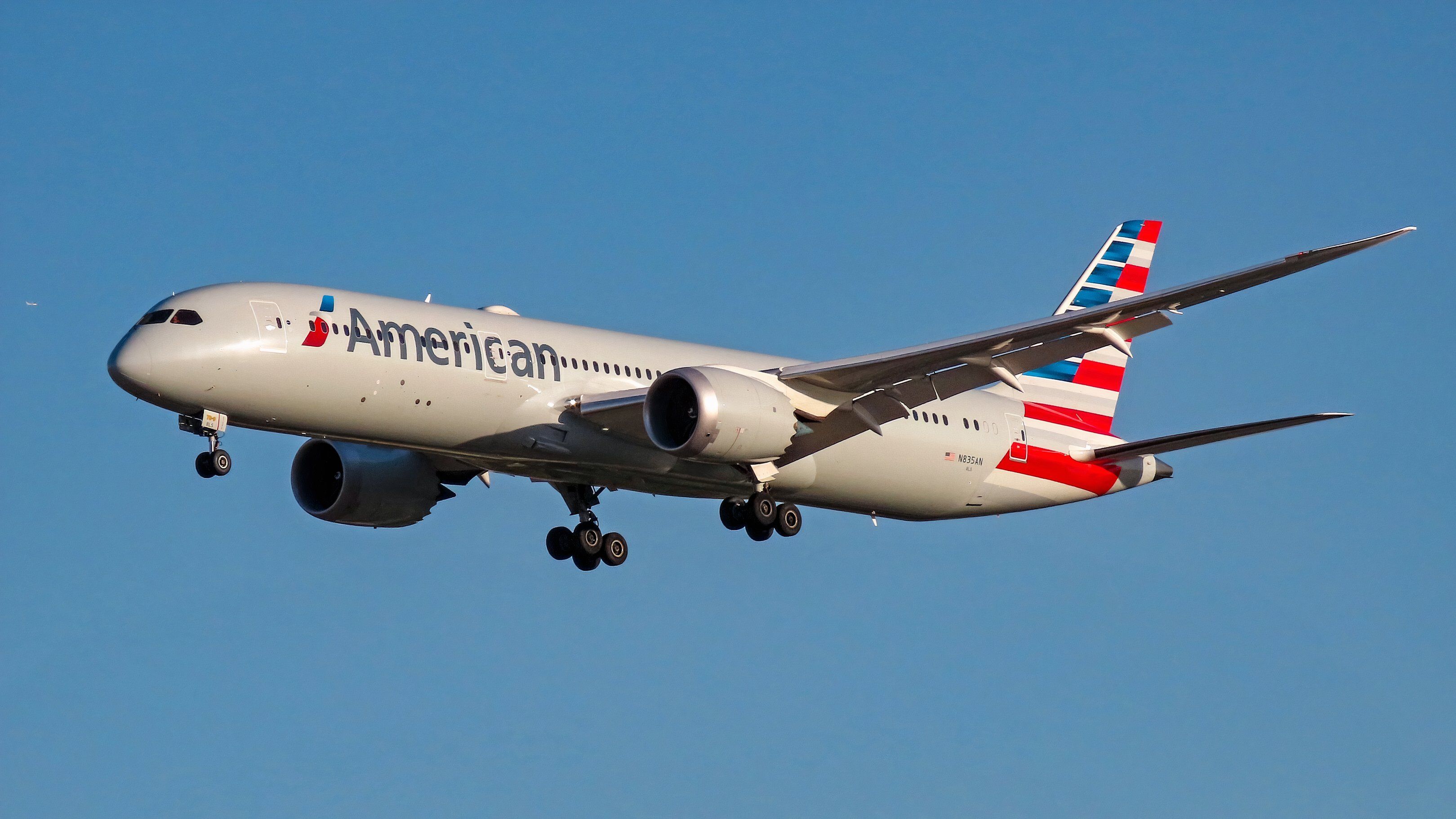
Related
Which Long-Haul Routes Would You Like To Begin?
In October, the world will have more than 2,300 long-haul routes. Despite the number, only one in 25 of the world’s flights will be long-haul.
New additions in the past few days have been a Chinese affair. They include Air Serbia and China Southern between Belgrade and Guangzhou and China Eastern from Xi’an to Milan Malpensa and Shanghai Pudong to Venice and Kazan.
The five long-haul routes with the most flights are New York JFK-London Heathrow, JFK-Paris CDG, Melbourne-Singapore, Heathrow-Dubai, and Los Angeles-Heathrow. Of course, point-to-point traffic will be only a part of each market.
What long-haul routes would you like to begin, whether brand-new or previously served? Let us know!
The evolution of jetliners
While ultra-long-haul operations have been around for quite a while, only recently did these services become more economical. Thanks to new widebodies like the Boeing 787 and Airbus A350, ultra-long-haul services can now be more efficiently operated.
Photo: Vincenzo Pace I Simple Flying
Not only do these jetliners have improved long-range capabilities, but compared to older aircraft, they are more lightweight, resulting in lower fuel burn. For example, the A350 burns an average of 25 cents per gallon less than a Boeing 747, traditionally used for long-haul operations.
Notable non-stop flights
In 2003, Singapore Airlines began flying the Airbus A340-500 between Singapore Changi (SIN) and Newark Liberty International Airport in New Jersey (EWR), United States. It was the longest route in the world at the time and still stands as the second-longest today. In 2018, the airline switched to the A350-900ULR (Ultra Long Range), as seen below.
Photo: Airbus
In the same year that Singapore Airlines made the aircraft type switch, Qantas launched its service between Perth and London on a Boeing 787. This marked the first time Europe and Oceania became connected via non-stop flights – a significant milestone in aviation history.
Additionally, the introduction of this flight meant that all continents (except Antarctica) were now connected by non-stop flights. With a flight duration of 17 hours and 15 minutes over a distance of 9,010 miles (14,500 km), this is currently the third-longest route in the world.
Then, in 2020, clocking in at 18 hours and 50 minutes, came the ultra-long-haul flight between Singapore Changi Airport and New York John F. Kennedy Airport. Also operated by Singapore Airlines using the A350-900ULR, the flight covers 9,527 miles (15,332 km). This flight surpassed the SIN-EWR route as the world’s longest.
Ultra-long-haul flights
|
Ranking Summer 2024 |
Route |
Distance |
Operator |
|---|---|---|---|
|
1 |
JFK-SIN |
15,332 km |
Singapore Airlines |
|
2 |
EWR-SIN |
15,329 km |
Singapore Airlines |
|
3 |
AKL-DOH |
14,526 km |
Qatar Airways |
|
4 |
LHR-PER |
14,499 km |
Qantas Airways |
|
5 |
DFW-MEL |
14,468 km |
Qantas Airways |
|
6 |
CDG-PER |
14,265 km |
Qantas Airways |
|
7 |
AKL-JFK |
14,209 km |
Qantas Airways, Air New Zealand |
|
8 |
AKL-DXB |
14,193 km |
Emirates |
|
9 |
SZX-MEX |
14,124 km |
China Southern |
|
10 |
LAX-SIN |
14,096 km |
Singapore Airlines |
While the ultra-long-haul may seem like the way to go, some experts believe that the future of aviation lies in shorter, more sustainable travel.
Photo: viper-zero | Shutterstock
Susanne Becken, Professor of Sustainable Tourism at Griffith University in Queensland, Australia, said:
“We know that more people are sustainability-minded and are considering their carbon emissions and other environmental factors when booking flights. Long-haul flights are the most difficult to reduce the carbon of with new technologies.”
Nonetheless, long-haul routes are here to stay – at least in the near future – as airlines continue venturing into newer, longer routes, such as Air New Zealand’s recently launched 17-hour service between Auckland, New Zealand, and New York City, United States.
This is the fourth-longest flight path in the world, at 8,828 miles (14,207 km). Turkish Airlines and Qantas, too, have several long-haul routes in the works, including one of the longest airline routes in history, a 21-hour flight between Sydney and London.
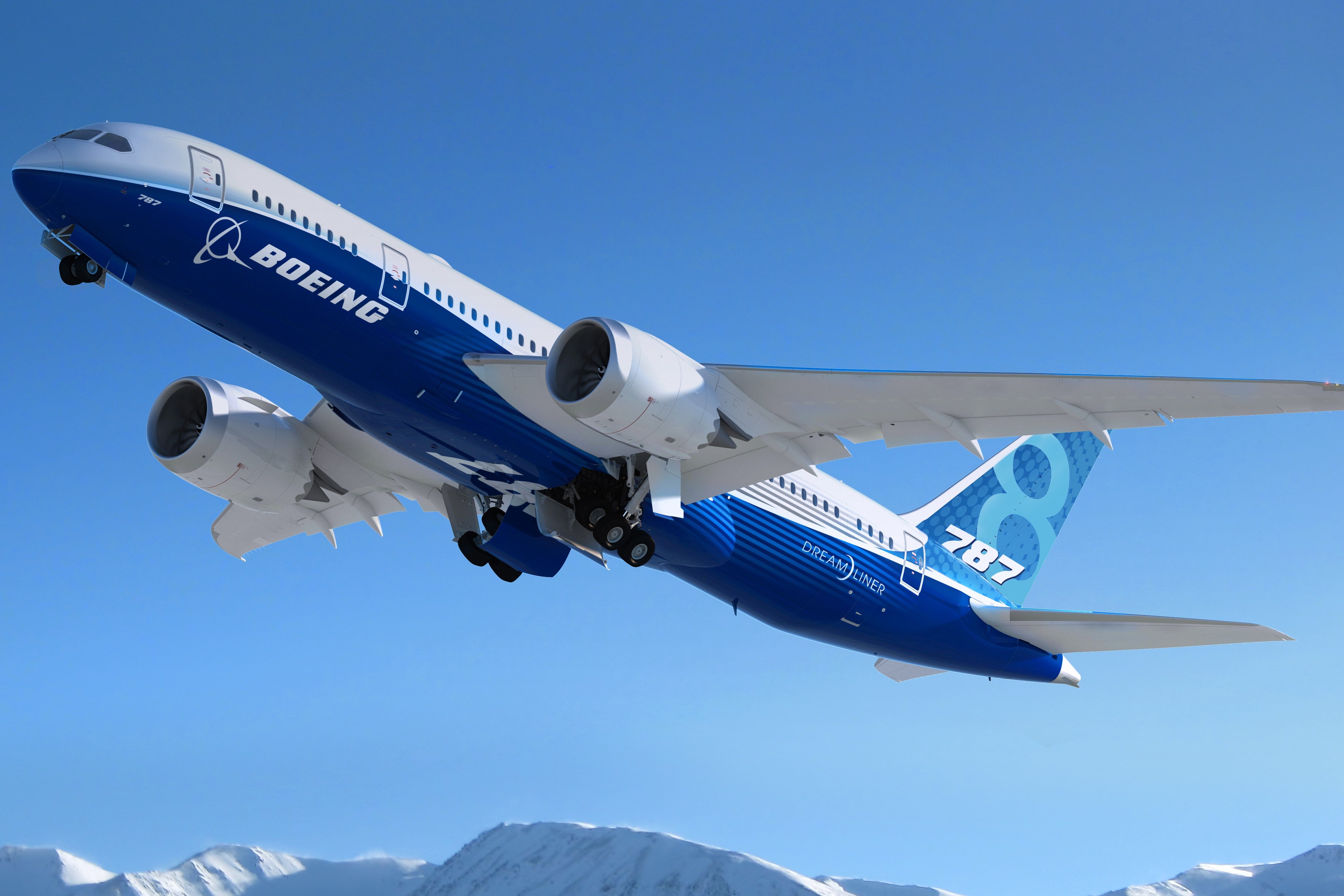
Related
Would You Rather Fly On The Airbus A350 Or Boeing 787 Dreamliner On Long-Haul Routes?
The latest generation of long-haul passenger planes has significantly improved the passenger experience. When the Boeing 787 Dreamliner debuted with All Nippon Airways in 2011, it introduced several passenger experience improvements to enhance well-being on long flights.
New programmable LED mood lighting could help adjust circadian rhythms for better rest onboard. Large windows enhanced natural light and offered a better view. Improved cabin architecture enhanced the sense of space, and cabin altitude, humidity, and air quality improvements reduced the likelihood of jet lag.
With the debut of the A350 on Qatar Airways in 2015, passengers enjoyed another advanced long-haul aircraft that featured optimized architecture, large windows, mood lighting, and a better cabin environment.
But which manufacturer did a better job of improving long-haul travel? I’ve flown on the Airbus A350 and Boeing 787 Dreamliner and noticed an improvement in how I felt after a long flight on both planes co

